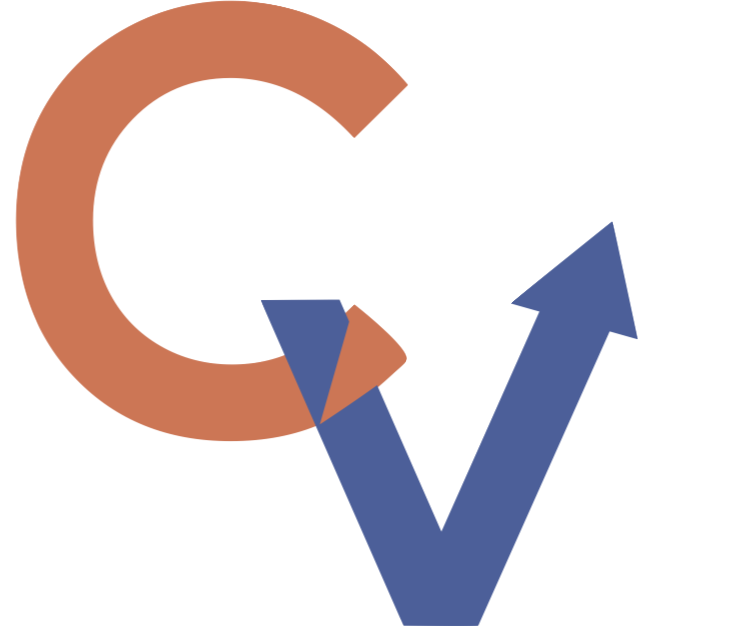Create a Job Winning Resume
I started Career Valet in 2012 as a resume writing service. But clients tell us all the time that what we do is so much more than that.
You are storytellers. You ask clarifying questions, find threads through work history, and tease out people’s strengths.
Often through our process, you figure out what you don’t want to do based on reflection, which helps us determine what to emphasize in your story and what to downplay.
It’s hard to look objectively at what you do. You do your job day in and out and may not know what skills and experiences employers care about; it’s difficult to extract what’s important and tell your story in a way that resonates with employers. We work with clients from all industries and track their successes, so we know what employers want to see and tell our clients’ stories in job search materials every day. 89% of clients interviewed within three weeks and 73% of clients were offered a new job.
Before I started Career Valet in 2012, I was in the strategic communications field. Back then, I was helping to tell companies’ stories to different audiences. Now I am telling individuals’ stories to employers. This is what our team does at Career Valet.
It’s not an easy thing to do, but it boils down to three elements: audience, threads, and strengths. Once you define those, you have a framework for your story so that you can tell it effectively throughout your resume, cover letter, LinkedIn profile, networking conversations, and interviews.
Audience
The most important piece of every communications or messaging campaign is to know your audience. This is true no matter what your job or field is – if your message is not clear to your audience, you lose them. You need to be able to answer:
Who is my target audience? It could be employers, potential customers, or partners.
What do they care about? Think in terms of the requirements in a job posting, what you know about the company or hiring manager, or what you know about the skills a person in the roles you’re targeting must have.
Threads
Now you need to take a bird’s eye view of your work history to figure out the patterns throughout your experience. This will serve as the framework for your entire story in terms of how you present yourself on paper, online, and in interviews.
In what industries have I worked?
What skills have I used in each job?
What have I enjoyed doing the most and feel the most proud of in each job?
Strengths
If you’ve done a strengths assessment in the past, you may already have a good idea of your innate strengths. Even if you don’t, consider the following questions to help you figure out what they are.
What do your colleagues say about you informally or formally?
What do your friends, family, and colleagues ask you to do or for advice about?
To celebrate the launch of our new website, we are donating 5% of each package purchased during October 2020 to the organization Suited for Change which helps low-income women.
